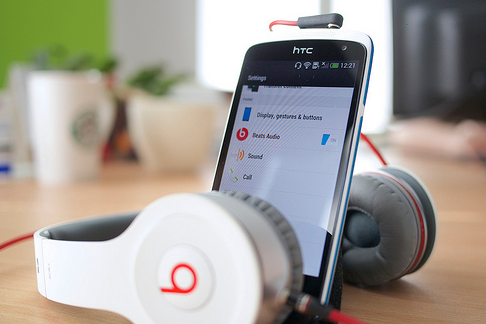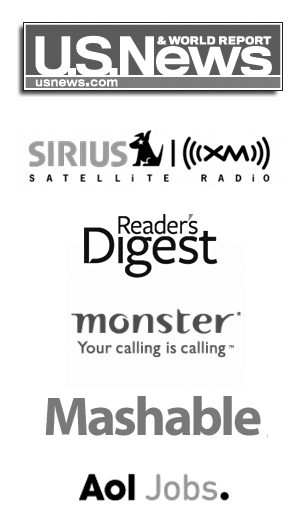No one likes a noisy workplace. It’s safe to say that high levels of noise prevent workers from thinking clearly and reduce productivity. Even worse, long-term exposure to sound above 85dB(A) can cause permanent hearing loss or tinnitus. Luckily, there are plenty of things you can do to lower the volume and increase the mental clarity or safety of your employees.
Encourage Use of Headphones

Image via Flickr by Janitors
Sometimes, there’s just no getting around needing to have sound at your desk. You might need to listen to an audio file or make a phone call. Instead of blasting sound for everyone in the vicinity to hear, try wearing a pair of headphones. This will enclose sound so you don’t bother your colleagues.
When choosing a pair of headphones, make sure you get ones that will offer quality sound as well as comfort. Better yet, choose a wireless option with good battery life to reduce clutter and keep your desk spotless. Your best bet might be to invest in Beats by Dre from a carrier like T-Mobile, as these offer excellent audio and adaptive noise canceling to reduce distractions.
Create Separate Areas for Collaborative Work
Brainstorming and collaborating is a great way to come up with new ideas and improve workflow. However, when these brainstorming sessions occur in the middle of a pack of cubicles, nearby employees will be unable to focus due to the conversations going on. The best way to eliminate this is to create a separate room for meetings. Walls do a great job of keeping sound in, which means your entire office won’t have to listen to unnecessary voices.
Discourage Phone Conversations
Talking on the phone is sometimes essential. Employees might need to discuss things with customers or check on the status of a product. However, in many cases, phone calls are unnecessary. For example, if an employee has a quick question for another person, instead of calling them to ask, a simple email or chat might suffice. Simple things like this can go a long way in providing an ambient atmosphere in the workplace.
Restrict Visitors to the Workplace
On the same line of thought, it’s important to reduce visitors to the workplace. Certainly, you’ll need to have meetings with clients or potential hires. However, superfluous visits from family members, friends, and ex-staff are simply a waste of quiet time. This pointless chatter will quickly become all that hard-working employees can hear.
Introduce Sound-Dampening Features
If you’ve got a little money in your budget for remodeling, spend it wisely by adding some sound-dampening features to the office. For example, you might be able to add new flooring or walls that absorb sound to prevent chatter and music from echoing through the entire office. Additionally, upgrade to soundproof furniture that has foam sliders on the bottom to prevent squeaking and scraping.
For offices with open floor plans, consider going back to the cubicle method. The partitions of a cubicle are much better for blocking sound than the open air. Finally, add in some plants, as they are great for absorbing sound. As a bonus, they’ll even improve your air quality.
Play White Noise in Background
For offices with full office speakers, installing a white noise system can drastically reduce the amount of sound that carries from desk to desk. White noise works by playing at the exact frequency of most human voices. This nullifies the sound and instead replaces it with lower frequency that sounds like nothing. White noise is commonly used in noise-cancelling headphones, so just imagine a system like that, but for more than just two ears.
If you’d like a more pleasing sound in the background, you can also try playing relaxing waves or waterfalls at a low volume.
Statistics show that 49 percent of people can’t concentrate at work due to sound distractions. By eliminating these superfluous sounds, you might be able to gain 86 extra minutes of productivity per day per employee. This adds up fast if you work in








